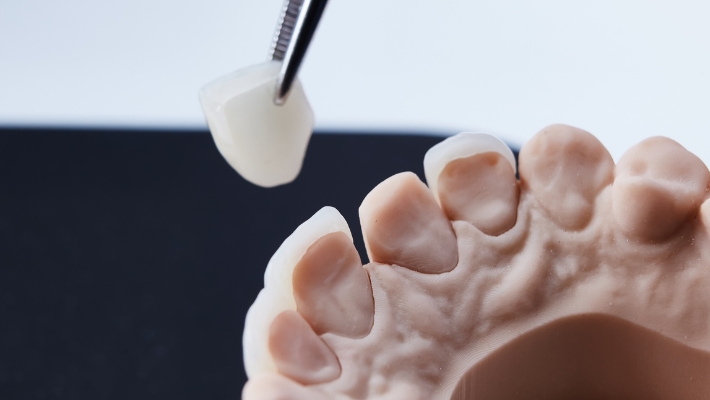Dental veneers are an increasingly popular option for those looking to improve the appearance of their smile. They are designed to cover the front teeth and improve aesthetics in terms of color, shape, size or length.
The reversibility of dental veneers
However, a common question among patients is whether the dental veneer process is reversible. The short answer is no. Dental veneers are generally not considered reversible because the process involves grinding down a portion of the tooth enamel to allow for a proper fit of the veneer. Once this tooth structure has been removed, it cannot be restored.
Why are dental veneers not reversible?
Before proceeding with veneer placement, it is important for patients to understand that it is a long-term decision. Dentists need to remove a small amount of enamel – usually less than a millimeter – but it's enough to make the process permanent. If the veneers become damaged or the patient decides they no longer want them, the only option is usually to replace them with new veneers or crowns.
There are alternatives to traditional veneers that are less invasive and potentially reversible, such as no-preparation veneers or composite veneers. These options do not involve significant removal of enamel and can be removed if necessary. However, they may not offer the same durability or appearance as traditional porcelain veneers.
If you are considering dental veneers, it is crucial to consult with our clinic to discuss the options available and the long-term implications to ensure it is the right choice for your dental health and aesthetic goals.
 Français
Français
